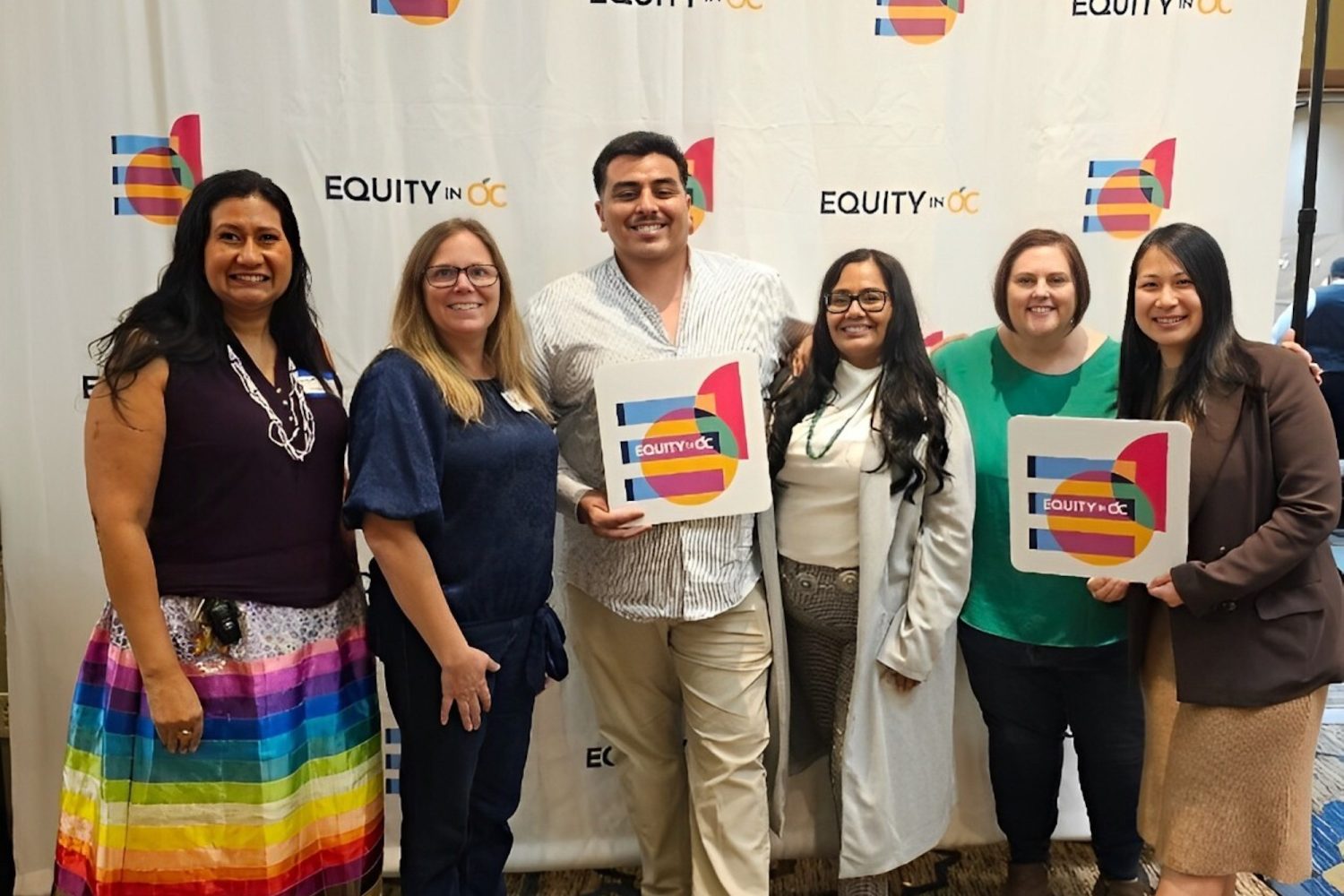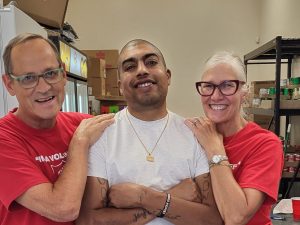Researchers from The Salvation Army’s Center for Applied Research and Innovation (CARI) identified a “statistically small but significantly underserved” population: Native Americans experiencing homelessness in Orange County, California.
While American Indian, Alaska Native or Indigenous people comprise nearly 1 percent of the general population in Orange County, they represent nearly 3 percent of people who accessed homeless services in 2023, according to the California Interagency Council on Homelessness’ Homeless Data Integration System (HDIS).
In response, CARI, a working social science research and program design center, designed the Eagleman Project to address the barriers many families and individuals face in the area’s homeless response system.
The project’s main objective? To provide temporary or permanent housing for 50 Native American/Alaskan Natives experiencing homelessness or at risk of homelessness in Orange County by April 2024.
After securing funding through a grant from Equity in OC (EiOC), an Orange County Health Care Agency initiative, The Salvation Army served as the lead organization for the Eagleman Project, working with Native and other organizations to meet the objective before the program’s completion.

“It’s our first specifically Native American program that we’ve done, and so it’s been a lot of learning and how to work with different tribes, and what their different cultures are,” said Director of Quality Assurance for Homeless Service Programs Shannon Lamb. “It’s been a great process.”
Lamb has worked for more than 12 years in The Salvation Army’s homelessness programs in Orange County and is a CARI researcher. She oversaw The Salvation Army’s engagement through the Eagleman Project.
“We did have to switch our aim a little bit,” she said. “We started with reaching out to [those who were] homeless and found that the need was actually much greater for families that were facing eviction… It wasn’t something we were aware of.”
By March 2024, then-project lead Frank Luna said the project had met its 50 individuals mark.
Luna said the project began larger conversations about recognition—the tribes indigenous to Orange County are state recognized instead of federally recognized, something he said impacts items like scholarships and funding that are typically exclusive to federally recognized tribes.
“There’s a lack of resources for the people that are actually indigenous to Orange County,” said Luna, a descendant from one of the tribes in Orange County. “This project opened up the doors so that they got equal access to resources. It’s just not to those that are from federally recognized tribes, so that was a really special part of the project.”
“The Native American homeless population in Orange County is dramatically underserved, so having the opportunity to write a custom program to help reach that underserved population has been a great honor.”
Ben Hurst, CARI Managing Director
Luna said the Eagleman Project held four community events, and reached more than 250 people in Orange County and the surrounding areas through workshops, community forums and Community Action labs, with some meetings held at Salvation Army facilities. Additionally, he said an advisory committee attended city council meetings in what he called “American Indian hotspots” to speak during the public comment section to raise awareness.
“The overall goal was to really create that visibility, and maybe be the linchpin for the system change,” he said.
For CARI Managing Director Ben Hurst, the Eagleman Project fits into CARI’s defining initiative—ending chronic homelessness.
“It’s a very focused homeless response,” he said. “The Native American homeless population in Orange County is dramatically underserved, so having the opportunity to write a custom program to help reach that underserved population has been a great honor.”
Do Good:













